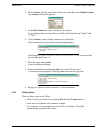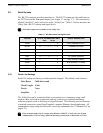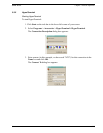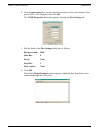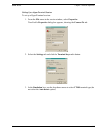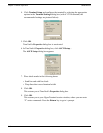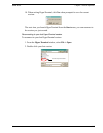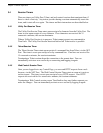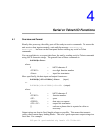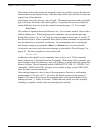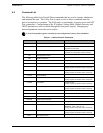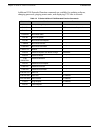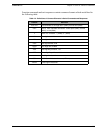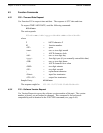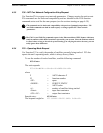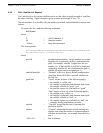
6000-100Ch4.fm Rev. D TimeVault™ User’s Manual 4-49
4
Serial or Telnet I/O Functions
4.1 Overview and Format
Shortly after power-up, the utility port will be ready to receive commands. To ensure the
unit receives data input accurately, wait until the message Searching for
Satellites...
has been on the front panel before entering any serial or Telnet
commands.
You can send data to, or request data from, the unit by sending serial or Telnet commands
using ASCII character strings. The general form of these commands is:
F<FUNC#><Enter>
where:
F = ASCII character F
<FUNC#> = two-digit function number
<Enter> = input line terminator
More specifically, the data input and output formats are:
F<FUNC#>[<SP><FIELD>]<Enter> (input)
or
F<FUNC#>[<SP><FIELD>]<CR><LF>
(output)
where:
F = ASCII character F
<FUNC#> = function number
<SP> = space
<FIELD> = data entry or request
<CR><LF> = output line terminator
[ ] = encloses a phrase that is repeated as often as
necessary
Output strings are kept to fixed lengths whenever possible. This means that numeric
values often contain many leading blanks. This user’s guide represents output strings in a
fixed font. For example:
F60 prn 14 good enabled sig level= +21.37<CR><LF>



